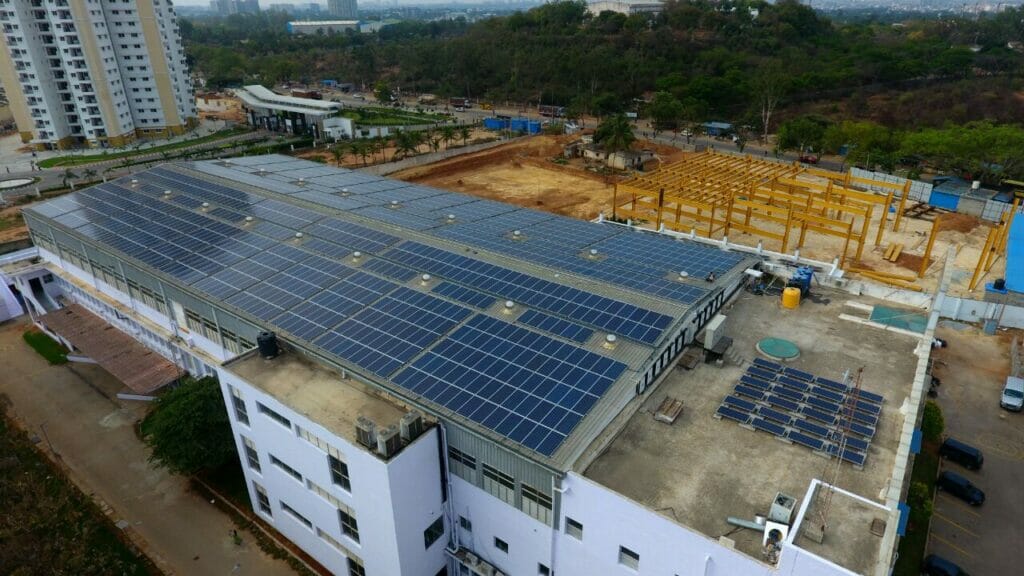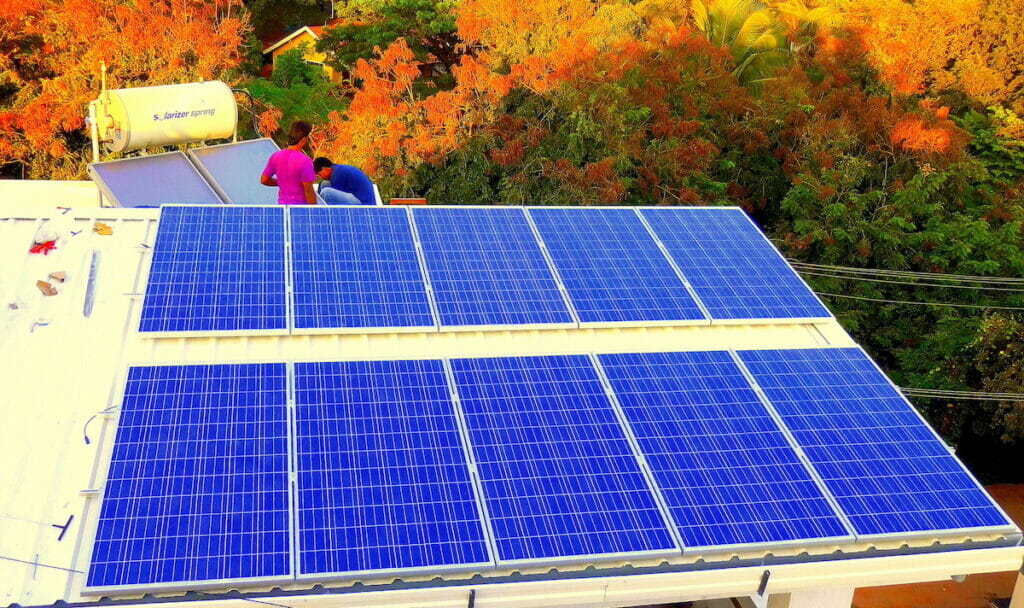The Karnataka Electricity Regulatory Commission (KERC) has proposed new changes to the tariff and norms with respect to solar rooftop projects for the year 2024, following the expiration of the existing policy on March 31st.
The discussion paper outlines several changes, including reducing the Power Purchase Agreement (PPA) term to 15 years and introducing grid-interactive support charges. KERC has scheduled a public hearing on April 13th to gather input from all stakeholders before finalising the policy with the proposed changes. This article will explore some of the crucial points outlined in the discussion paper and analyse their potential impact.
Reduction of PPA term to 15 years
The Commission has been considering reducing the PPA term from 25 years to 15 years to provide flexibility to the parties in unforeseen circumstances. However, the proposal has been met with opposition from installers and BESCOM consumers. According to the BESCOM website, only 5,912 consumers have adopted solar rooftop systems as of March 31 2023, primarily because of the high initial costs and longer payback periods. Most consumers opt for solar energy due to the long-term commitment from Escoms to allow them to inject power into the grid without any additional costs.
Read more: Explainer: How Bengalureans can generate rooftop solar power in their homes
The proposed increase in tariff rates for net metering
The Commission has proposed to increase the net-metering tariff rate from the existing
- Rs 4.02 to Rs 4.26 for systems from 1KW to 10KW for domestic consumers
- Rs 3.19 to Rs 3.79 for non-domestic systems
Although the proposal to increase the net-metering tariff rate is a step in the right direction, it falls short of what is needed to truly incentivise the adoption of rooftop solar systems in the state.
One major issue is that the Commission has been making a wrong assumption about the capacity utilisation factor (CUF) of rooftop solar systems. CUF is the measure of how much solar energy is generated compared to its rated power capacity. While the Commission assumes a CUF of 19% in determining the tariff, we are seeing only 15% or less in Bengaluru. The commission considers 47,000/KW for 1KW to 10KW of domestic rooftop systems, but system costs could vary anywhere between Rs 70,000 to Rs 1 lakh per KW for residential rooftop solar systems.
Introduction of grid-interactive support charges
The Commission has also proposed grid interactive support charges or grid support charges to high tension (HT) and low tension (LT) consumers at 80 paise and Rs 1.26 for every unit of electricity generation, respectively, irrespective of the export and import of electricity.
The proposed levy on consumers will increase the payback period by a year or so, and this will discourage consumers from adopting solar rooftop photovoltaic (SRTPV) projects, ultimately defeating the purpose of promoting renewable energy sources. The levy will place a significant burden on consumers, and this may make solar energy less attractive to consumers due to high initial costs.
Impact of grid-interactive charges on captive consumption plants
The Commission also proposes that even captive consumption plants be connected to solar gross meters for measuring the total solar generation for levying the grid interactive charges.
A captive consumption plant is one in which the solar rooftop is connected to the grid, but no power is exported outside the building. In a captive consumption plant, it may not be practically possible to install a solar gross generation meter due to technical challenges, like laying a new AC cable to the electrical panel room, which could be far from the point of generation and could be prohibitively expensive, particularly as many buildings have structural constraints that make rewiring impossible. This would dissuade many from going solar, even for captive consumption plants.

Read more: Bengaluru: Why residential rooftop solar fails to take off
Solar rooftop net-metering systems with battery storage systems for 1MW to 2 MW
The proposed discussion paper suggested allowing battery energy storage systems only for grid-connected solar rooftop systems that are above 1000 KW and below 2, 000 KW. This would effectively exclude residential consumers from installing grid-connected solar rooftop battery storage systems.
However, this proposal should be reconsidered due to the numerous advantages of allowing residential consumers to install grid-connected solar rooftop battery storage systems.
Firstly, battery storage systems would allow households to store excess solar energy generated during the day and use it during power cuts, reducing their reliance on the grid and lowering their electricity bills. Secondly, this would also help in reducing the load on the grid, resulting in a more stable and efficient electricity supply.

Impact of grid-interactive charges on solar powered battery based storage systems
A battery storage system with solar presents unique technical challenges in terms of measuring total solar generation for the purposes of levying grid interactive support charges as proposed by the commission. The solar power generated by the panels is stored in the batteries in DC form and is eventually converted to AC power by the inverter for distribution to various loads.
To accurately measure the total solar generation for the purposes of levying grid interactive support charges, approved DC meters need to be installed next to batteries. But there are no DC meters that are approved by the energy supply companies. Also, the batteries are installed inside the building, which is inaccessible to BESCOM meter readers. This poses a significant challenge in accurately measuring the total solar generation by energy supply companies. This would completely disallow any consumer from going to solar on-grid systems with batteries.
Gross metering tariff for third-party investment on consumer buildings roofs
Additionally, under both the existing policy and the newly proposed policy, the commission only permits gross metering tariffs for solar rooftop projects that involve third-party investments on consumer building roofs. Under this mechanism, the Electricity supply company (Escom) pays a fixed tariff amount of Rs 3.79 for every unit of generation for systems above 10 kW, while the consumer pays for the full amount to Escom as per his electricity consumption.
Considering that the third party also must share part of the benefits with the owner, it becomes financially unviable to the third-party investment. As such there are no known third-party investments in Karnataka once this got into effect in 2019.
The proposed changes by KERC may discourage consumers from adopting solar energy widely. The Commission must strive to achieve a balance that is not only financially sustainable, but also technically feasible for consumers to embrace the installation of solar rooftops on their premises.
Thanks Harsha for a very detailed analysis. I am reading this article AFTER the public hearing date. Any update on what transpired at the hearing?